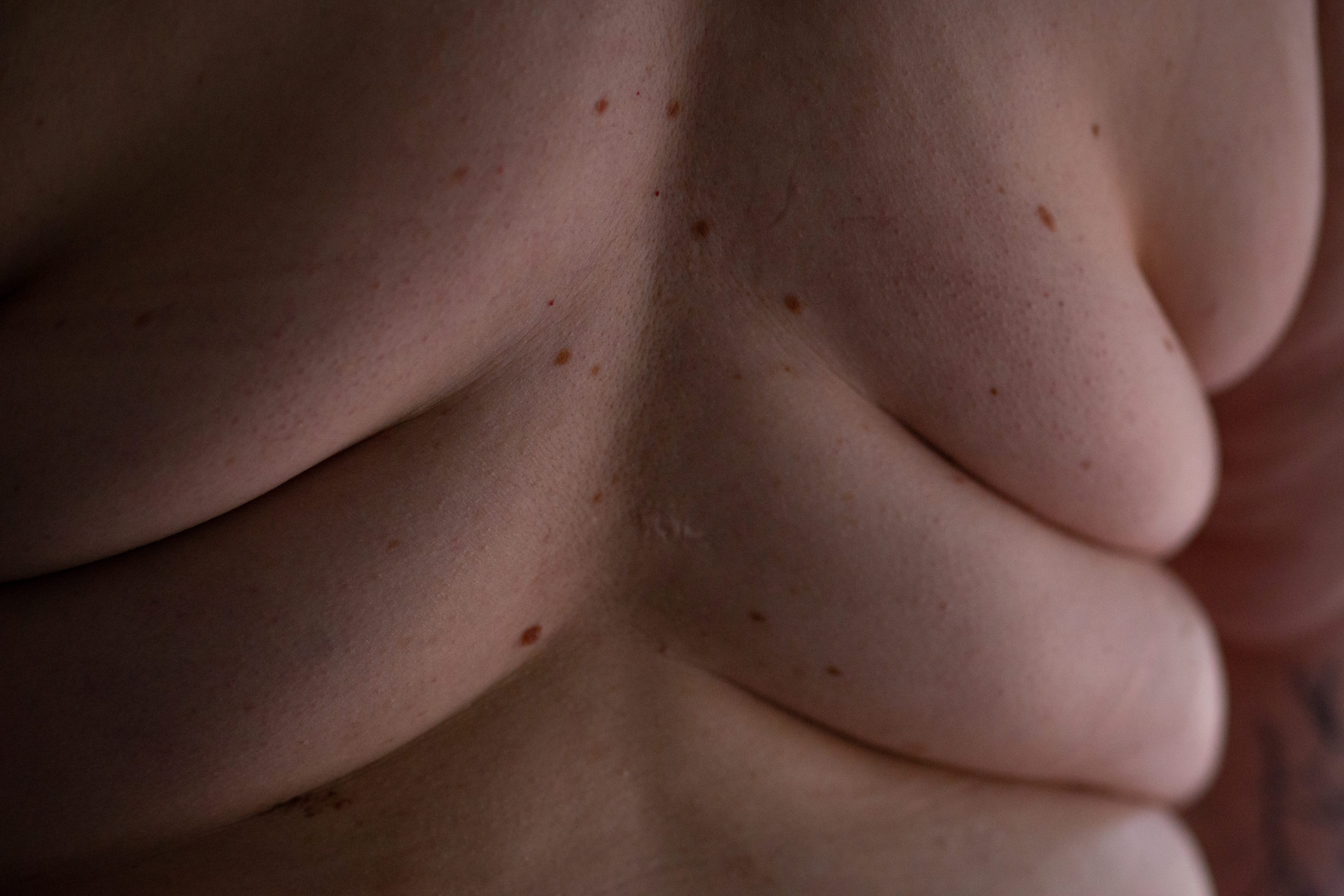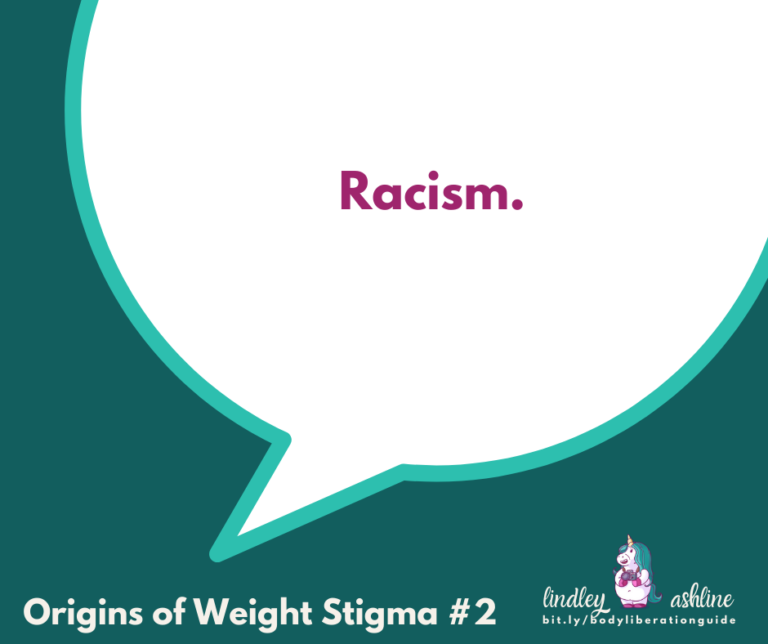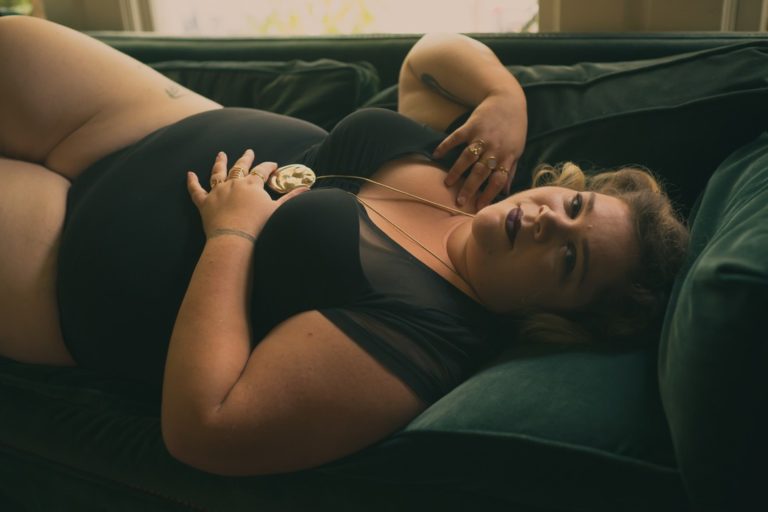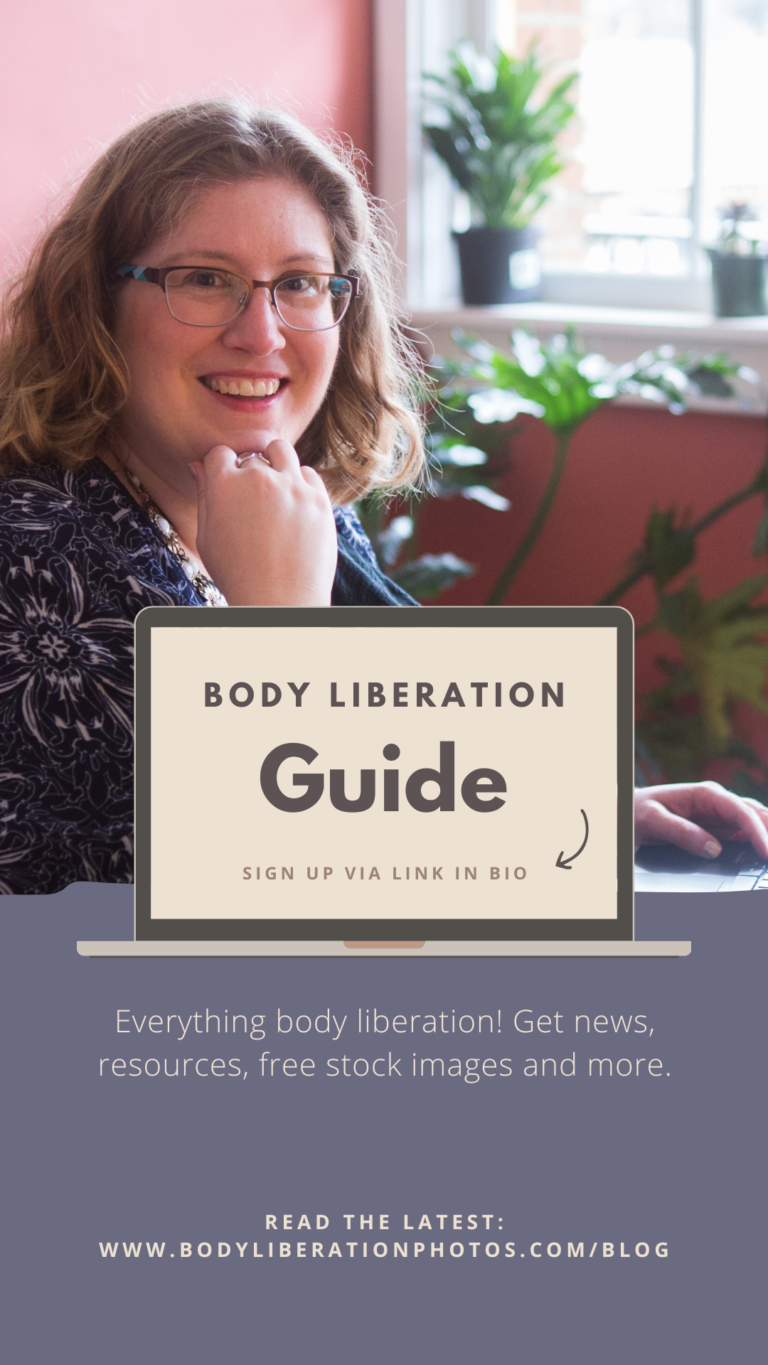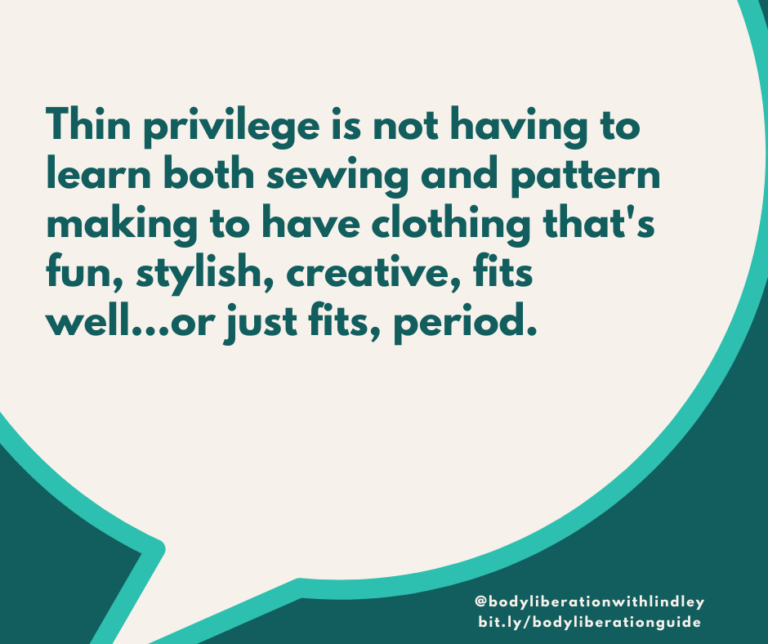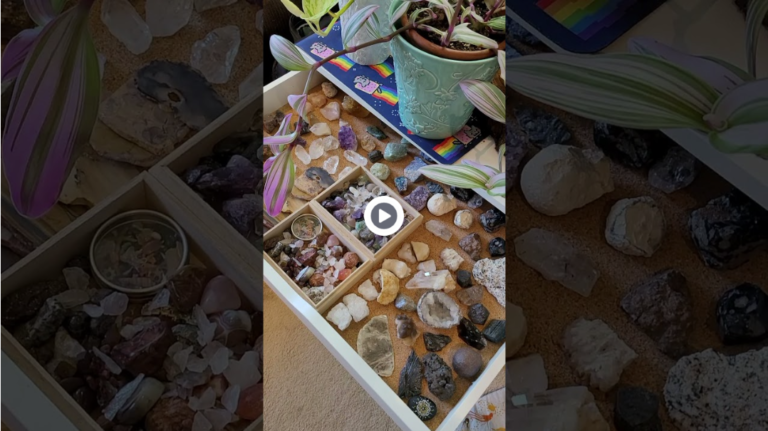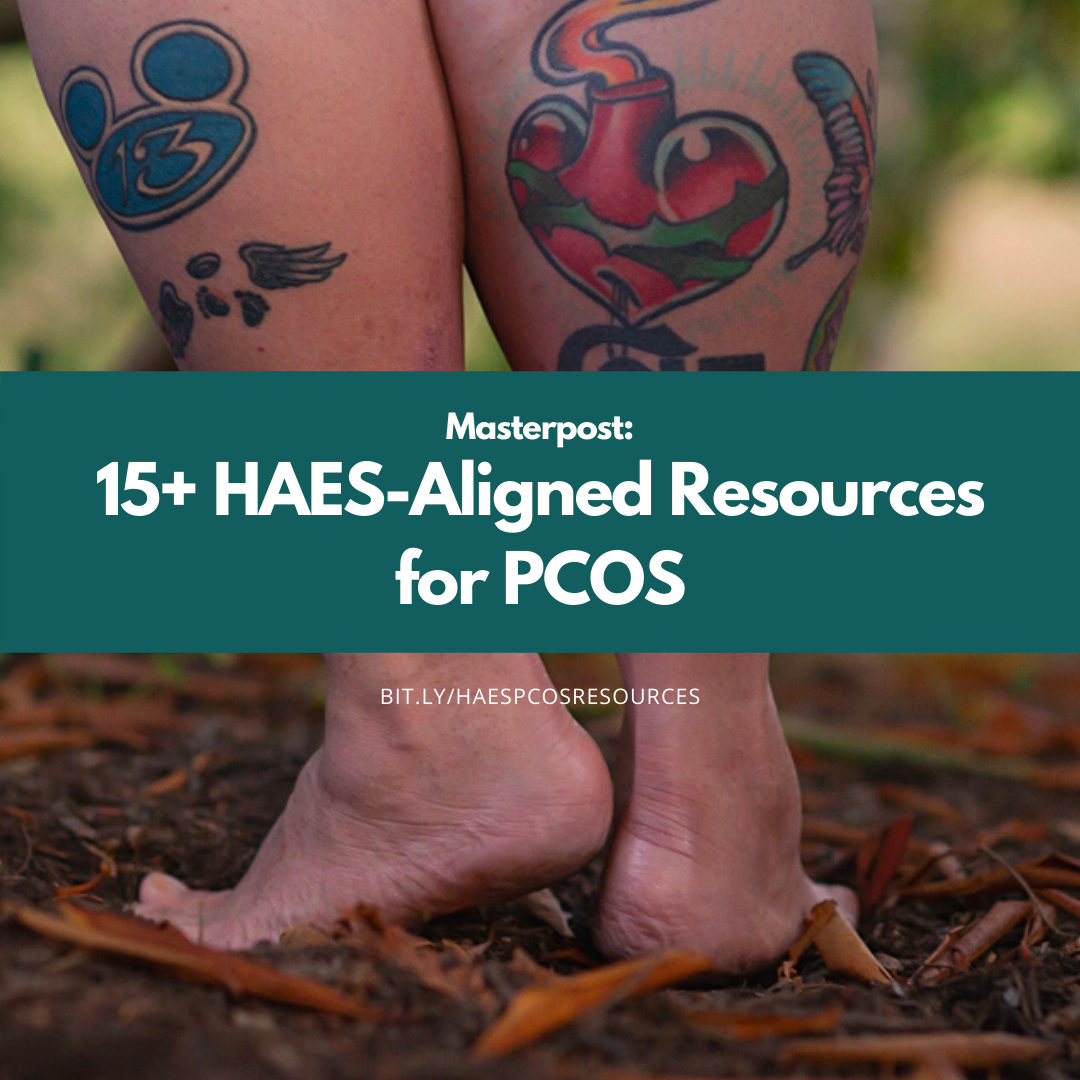16 ways to carry Health at Every Size forward
One of the transgressions of which Mikey Mercedes, ASDAH leadership and I have been accused is of “capitalizing” on the events of the last month for publicity and profit.
(Those events, in case you’re coming to this late, can be found here.)
Not only should Mikey and I, as professionals and experts, have the opportunities for publicity and profit that have been denied us by thin white people, but we should be rewarded for taking the massive personal and professional risks that come with whistleblowing.
In the last month, I’ve lost hundreds of contacts I’d spent years nurturing to help build my business. Speaking out has created a trail of written evidence that will be used against me by fatphobes for decades to come and offer lots of reasons for people’s internalized weight bias to prevent them from working with or promoting such a turbulent priest.
(Can you imagine how screwed I’d be now if I ever tried to go back to the corporate world?)
I’m a month behind on my own work, and right now, every task takes me three times as long to complete because I’m constantly experiencing overstimulation and meltdowns.
I’ve lost trust in people who were personal friends and my own HAES-aligned healthcare providers. I’ve been harassed, humiliated and trolled by both HAES providers and their patients and clients who have some fairly disturbing parasocial relationships going on.
I’ve had to grieve not only the loss of online communities of which I was a part, but my local social networks.
And I’m having to adjust my internal dictionary, since I can no longer pretend even to myself that HAES is a “community” or a “movement.” It’s simply an industry.
It’s likely been much, much worse for Mikey, a Black woman who was treated worse in the first place and has borne the brunt of the backlash.
The white folks, mostly smaller-bodied and mostly women, who’ve stolen body positivity and Health at Every Size® from the fat activists who created and nourished those movements and built platforms and careers on our backs are the ones who’ve capitalized on anything. Not a few marginalized folks crying out after years of being stepped on.
Where do we go from here? How do we carry on? » Imogen Heap
A widespread reaction that I’m seeing from HAES providers right now is fear and paralysis. Y’all don’t know what to do, you’ve got a whole tornado of feelings going on, and you’re stuck.
As my last gift of unpaid labor to the HAES industry before I step back, I’m going to help you start unpacking this, then take you by the shoulders and turn you so you’re facing the right path. Then I’m retiring to my metaphorical cottage in the woods, and if you want my aid, you can bring a chicken for my pot.
(A metaphorical chicken. Please do not bring me a real chicken.)
From here, it’s up to you. As a group, right now I’m not convinced you can turn HAES around.
Prove me wrong.
Naked (emotionally) and afraid
One of the chief reactions I’ve seen from HAES providers in the last month is sheer deer-in-the-headlights paralysis. You don’t know what to do or say and you’re scared any move you take will be wrong.
An important part of the reason you feel this way is that you are part of an oppressing group that has moved in and taken a movement away from marginalized people. You don’t have a compass for this journey because it’s not yours.
(This is usually where people start screaming about how I want to kick them out of HAES and cancel them forever. None of that is true; I’ll explain in a moment.)
When you are insufficiently grounded in fat liberation, of course you’re not going to know how to proceed. Here’s the short answer, though it’s not always the easy one:
What serves fat people, fat Black people and fat people with other marginalizations right now?
This should always be your north star. When in doubt, return to this.
When fat people tell you what serves them, listen. If you’re still not sure, pay them to help you with your specific situation.
Below are 16 more ways for you to move HAES forward from this moment.
How we get there from here
“The Health at Every Size model exists because fat people exist in a fatphobic society that often deprives them of even minimally competent healthcare. The Health at Every Size model exists because fat people exist in a fatphobic society. The Health at Every Size model exists because fat people exist.” » Mikey Mercedes
1. Take each step Mikey listed in her “What Now?” Instagram post.
That post is located here and is Mikey’s work, not mine, so I won’t be transferring each point over here for your convenience. Go read it. Take those actions.
(Some of the steps I’m listing below are similar; I’ve deliberately not reviewed her post since first reading it weeks ago to have the best possible chance of not accidentally plagiarizing her. All work below is my own.)
2. Work through your feelings and paralysis.
Find a safe place — a fat-positive friend, a therapist, a paid consultation with a fat person — to work through your feelings about Lindo, HAES and/or fat people. Do not dump your feelings into fat people’s direct messages or comments sections.
Make a plan to pull yourself out of paralysis and move forward.
3. Stop being terrified of callouts.
The difference between you, dear reader, and the people who have been called out publicly in the last month is that (hopefully) you haven’t been mistreating fat, Black and/or otherwise marginalized people for years and ignoring or dismissing it when people privately expressed their concerns to you.
Yes, it’s likely that you will be called out at some point in your career. I have messed up many times in the past, been called out and apologized. It’s part of modern life, and it’s not about you being a bad person, it’s about people with less power no longer putting up with shenanigans from people with more power.
If you have thin, white or other privileges, that also means that you will likely be called out much more gently (and face fewer consequences from) misbehavior and abuse than someone with fewer privileges.
Google how to apologize well and think about how you’ll respond when you’ll someday, inevitably, need to apologize and do better. This happens to us all, because we’re all human.
4. Do the hard personal work to uproot your fatphobia.
One of the causes of paralysis and a reluctance to allow fat people to lead our own movements is internalized fatphobia that causes you not to trust marginalized people to know what’s best for themselves.
As in #2, you may need to work this out with a therapist or consultant. Here are some places to start:
- Belly of the Beast: The Politics of Anti-Fatness as Anti-Blackness
- Thrive at Any Weight: Eating to Nourish Body, Soul, and Self-Esteem
- Decolonizing Wellness: A QTBIPOC-Centered Guide to Escape the Diet Trap, Heal Your Self-Image, and Achieve Body Liberation
- Fearing the Black Body: The Racial Origins of Fat Phobia
(Most, if not all, of these books have audio versions. Make time for this; if you don’t have time to absorb a book’s worth of information, you don’t have time to be a fat-friendly provider and should step out of HAES entirely.)
5. Make a referral list of providers with lived experience.
Deliberately seek out other providers who are fat, Black and/or otherwise marginalized. Refer to them when you consult with a client who prefers to work with a provider who shares their lived experience, and when you need to refer out to a provider with a different specialty.
6. Fill your feeds with fat folks.
Spend the next month unfollowing five thin white people on your social media per day, and replacing them with five people who are fat, Black and/or otherwise marginalized. Look for people whose bodies or minds make you uncomfortable.
Read the posts that are now showing up in your feeds, absorb them and support their creators. Do not steal their work. That includes absorbing it and regurgitating it, slightly reworded, later.
7. Diversify what you’re posting.
I’m advising in consulting sessions a lot of folks right now, especially nutritionists and dietitians, who are worried that posting only food and their own thin bodies to their social media feeds is harmful.
Your gut is guiding you correctly here.
Remember all those people you’re now following? For every so many posts you make on your own feeds, repost one of those people. Elevate their voices and share your platform while preventing your followers from valuing your specific body above marginalized ones.
(Ask first; not all fat folks want their content reposted. If you get permission, repost their work with all captions, tags and calls to action intact. Do not screenshot and post without attribution. Thanks to @fattymph for noting that consent needs to be given here.)
8. Understand where you can create change.
Racism and fatphobia are big, systemic issues. You can’t change that entire system by yourself, and no one expects you to.
Do the thought work to understand what you can change. You can be the RD who’s the first person to ever truly believe and validate a fat person’s experience around food and shame. You can arrange for an armless chair in your group practice’s waiting room. If you need ideas, seek consultation.
9. Stick your neck out.
By virtue of your thin and/or white privilege, you are more likely to be believed and listened to. Start putting your career at risk once in a while the way marginalized folks have to every single day just to exist.
Make noise. Annoy your colleagues. Fight the system.
10. Represent marginalized people in your marketing.
If you don’t have any fat or superfat patients or clients, there’s probably a reason for that. Start talking about and representing fat folks in your marketing.
11. Pay and learn from fat folks.
Stop paying thin people to talk about weight stigma.
12. Infiltrate your professional organizations.
If organizational politics are something you’re able to navigate, join your relevant professional orgs (AED, IAEDP, hospital boards, etc.). Join the committee, volunteer, whatever, and then fight for change. You have access to these spaces in ways that marginalized people and your patients/clients mostly don’t. Take advantage of that.
Burn it to the ground if you have to.
13. Get involved in policy change.
Start learning how lobbying and policy change efforts work, and start taking action. Use your privilege of being taken seriously. Get involved with The Body Freedom Project or other weight-stigma-specific policy efforts.
14. Start organizing for change.
One of the most noticeable traits of the HAES industry in the wake of the revelations about Lindo Bacon has been silence. This is a once-in-a-decade opportunity for conversations, for deep work, for organizing on behalf of the people HAES was meant for, and throwing it away is both a waste and an insult.
Join a conversation, or start one, and make it not just yet another self-serving networking opportunity. Be vulnerable, create space for others to be vulnerable, and pay a fat person to facilitate as needed.
Talk amongst yourselves, and make it count.
15. Stop saying that HAES is dead.
You don’t get to build your career and platform and book deal and podcast on the backs of fat people, then shrug, say it’s too bad that HAES is ruined and wander off.
If HAES is losing credibility, that’s on the thin folks who took it over, and it’s on y’all to fix that.
As the world exists today, HAES is the sole hope for fat people to get weight-neutral and equitable healthcare. You don’t get to abandon it when it gets a little uncomfortable for you.
Y’all took it over, so it’s your responsibility to make it work. Get moving. Let outrage, fear, discomfort drive you to action, rather than paralysis. Marginalized folks have been driven to action by these emotions for centuries; it’s your turn.
16. Invest in HAES resources created by fat people.
I am of course not the only fat person creating HAES-relevant resources, and you should google around and find out what’s available that’s relevant to your situation.
Here are some of the many resources I offer:
- Body Liberation Stock, body-diverse images for commercial use
- Body liberation consulting
- The Body Liberation Blanket Fort (free with Patreon support)
- Body Liberation Quote Library (free with Patreon support)
- Group Guide: Fat-Positive and HAES-Aligned Support Groups, Courses & Workshops Online and Around the World (free with Patreon support)
- Small business photography sessions
- Unpacking Weight Stigma I: A Workbook for Fat Allies and Health at Every Size® Practitioners (educator version)
- Unpacking Weight Stigma II: Creating More Equitable Groups (educator version)
This piece took me 4 hours to create. If you’d like to compensate for that labor, you can join my Patreon or buy me coffee on Paypal at [email protected] or Venmo at @Lindley-Ashline.
Hi there! I'm Lindley. I create artwork that celebrates the unique beauty of bodies that fall outside conventional "beauty" standards at Body Liberation Photography. I'm also the creator of Body Liberation Stock and the Body Love Shop, a curated central resource for body-friendly artwork and products. Find all my work here at bodyliberationphotos.com.

